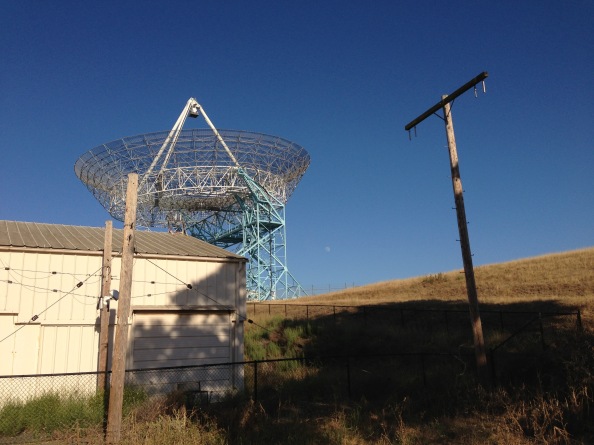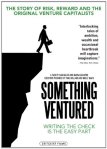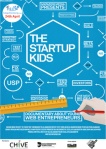Great entrepreneurism does not always happen in the private sector. In the early 1970s, Gary Flandro, an engineer at NASA-JPL found that the planets would line up in the late 1970s for the only time in the next 175 years. He worked with Sylvia Miller and the other JPL mathematicians & coders, who were almost all women at that time, to develop a trajectory whereby a spacecraft could slingshot around each planet’s gravitational field and come close to all of the planets to take the first scientific readings and photos of all but Pluto. (This cadre of women developed the trajectories of every NASA mission, and were instrumental in the design of most of the rockets themselves since before NASA was NASA.) They called the mission the “Grand Tour.”
NASA funded two probes which were upgraded Mariner spacecraft complete with a U238 electric power source designed to last for 50 years. When the Space Shuttle program started, the expensive Grand Tour was defunded. However the spacecraft were mostly built so NASA gave the permission for a shortened “cheap & cheerful” mission which would go no farther than Saturn. Off went the two Voyager spacecraft in 1977. Unbeknownst to NASA, the women coders had compartmentalized the software which would allow the Voyagers to complete the grand tour (instead of slingshotting into the sun) and the engineers built Voyager to survive interstellar space where gamma & X rays are much stronger than in the solar system. This included its custom radiation hardened RCA CD4000 Silicon on Sapphire (SOS) CPU which had less horsepower than a 1980s calculator.
The Voyagers returned incredible photos and data from the planets including the famous “Pale Blue Dot” photo of earth seen through the rings of Saturn, which the famed astrophysicist Carl Sagan waxed eloquently about in his popular Cosmos TV program.
YOU ARE HERE:

After the huge success and popularity of the Voyagers’ missions, JPL finally told NASA that the probes had the hardware and code built in (within 40 kilobytes of total memory!) to allow them to continue through the solar system (visiting Neptune & Uranus) and out into interstellar space. It was up to NASA to decide whether they wanted to continue to fund the radio ground stations, data analysis and mission control. NASA jumped at the chance and upgraded their radiotelescope ground links into a global network (the Deep Space Network) to receive the ever-fainter Voyager radio broadcasts as they fly ever farther from us. The Dish at Stanford (I managed to catch the full moon in the background here) has been used as part of that network.

Both Voyagers passed through the heliosheath (that, thanks to our sun, protects us from annoying things like gamma rays) and out of our solar system recently and are now the only man made objects in interstellar space. In the process they discovered interstellar gravity “bubbles” that better explain stellar and planetary orbital wobbles, that our solar system gravity is asymmetrical which explains oddities here on earth, and interstellar shockwaves are created by our sun’s coronal mass ejections which make space “rough” and may better explain why stars seem to flicker in the night sky. 39 years after launch and 20 billion km away from Pasadena, both are functioning well and are expected to last past their 50 year power source life. The Voyager mission continues here.
This breathtaking mission is considered NASA’s greatest scientific achievement (Apollo is monumental but less scientifically significant than Voyager) and ranks on par with the greatest explorers of all time. All because a handful of entrepreneurial women seized the initiative and hacked in some unapproved code. Here’s to the crazy ones, Sylvia Miller, Helen Ling, Susan Finley, Barbara Paulson and many others. They deserve a Nobel Prize, and we clearly need more women in science and technology. Their story is here.






 The American Experience: Silicon Valley
The American Experience: Silicon Valley




You must be logged in to post a comment.